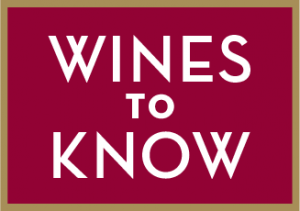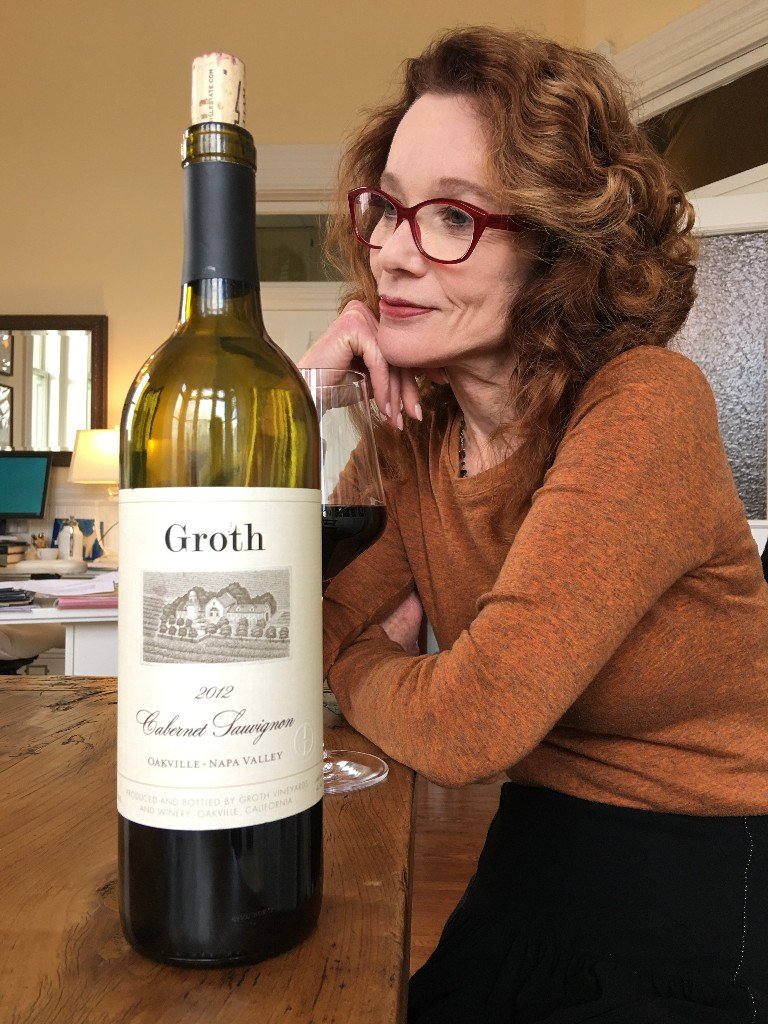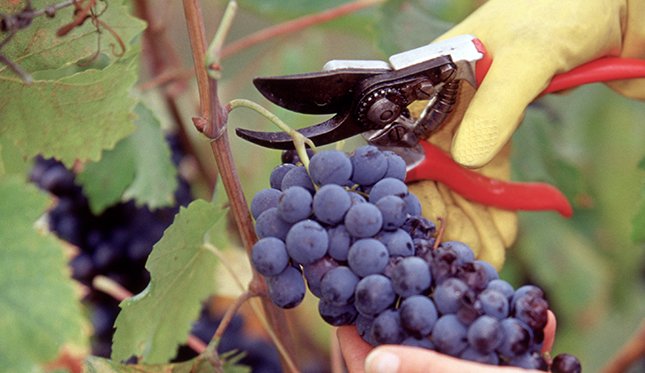
GROTH | Cabernet Sauvignon 2012
(Oakville, Napa Valley, CA) $45
 Hundreds of times, I’ve heard the idea that one must wait to harvest cabernet. But wait, for how long? Wait until the grapes are so full of sugar they end up making wine that tastes like flat Coke? Every winemaker talks about “perfect ripeness”—a physiological state for which there is actually no definition. Groth’s cabernet reminds me that the best cabernets are not overwhelming, overly alcoholic or overly sweet. Instead, they possess structure, substance, energy and length. Groth, a Napa Valley classic, is as classy as ever. (14.5% abv)
Hundreds of times, I’ve heard the idea that one must wait to harvest cabernet. But wait, for how long? Wait until the grapes are so full of sugar they end up making wine that tastes like flat Coke? Every winemaker talks about “perfect ripeness”—a physiological state for which there is actually no definition. Groth’s cabernet reminds me that the best cabernets are not overwhelming, overly alcoholic or overly sweet. Instead, they possess structure, substance, energy and length. Groth, a Napa Valley classic, is as classy as ever. (14.5% abv)
95 points KM
Available at K & L Wines

What percentage of the world’s oak is suitable to be made into wine barrels?
A. 65 percent
B. 15 percent
C. 2 percent
D. 40 percent
Scroll down for the answer!

Dirty
A negative description of wines with chemical or microbial “off” odors and flavors, usually resulting from faulty winemaking. The implication is that something is present in the wine that shouldn’t be.

The Critter That Started it All
January—time for austere budgets. Have you ever noticed how many inexpensive and moderately priced wines have animals on the label? Wine’s “critter era” is thought to have been born in 2001 when an Australian brand named Yellow Tail entered the U.S. market with the modest goal of selling 25,000 cases. By 2012, Yellow Tail was the single largest selling imported wine in the U.S. (Sales have slightly declined since, but last spring, a whopping 15 million bottles of Yellow Tail were sold in just the first three months of the year). Animal labels capture a craving for the uncomplicated. Today, labels around the world sport scores of animals including elephants, frogs, wild boars, bobcats, chickens, alligators, buzzards, butterflies, beavers, bees, aardvarks and eagles (screaming, of course).


“I have read with interest that Champagne—real Champagne—is available as a still wine. Is that correct?”
—Ron S., Fargo, ND
Ron, the Coteaux Champenois appellation in Champagne is where still wines are made. One notable producer is Bérêche et Fils, which makes a pinot noir called Ormes Rouge Les Montées, as well as a chardonnay. Still wines from Champagne use the Coteaux Champenois designation, not Champagne.
Have a wine question for me? Great. I love questions, and I’ll do my best to get you the right answer. Send your question to[email protected]

Michael Kennedy of Cocoa, Fla. wrote:
“Your WineSpeed video on Pinot Noir was music to my ears. I am a really big fan of California Pinot. I had my eyes opened during the 2017 Anderson Valley Pinot Noir Festival in May. Over 52 wineries were pouring. Favorites included Black Kite, Harmonique and Maggy Hawk.”

C. According to Groupe Charlois, one of the world’s leading stave-makers, a mere 2 percent of the worlds’ oak is suitable to be planed into staves that will ultimately be assembled to make wine barrels. Those staves, by the way, come from just the heart of the tree.

SaveSave









